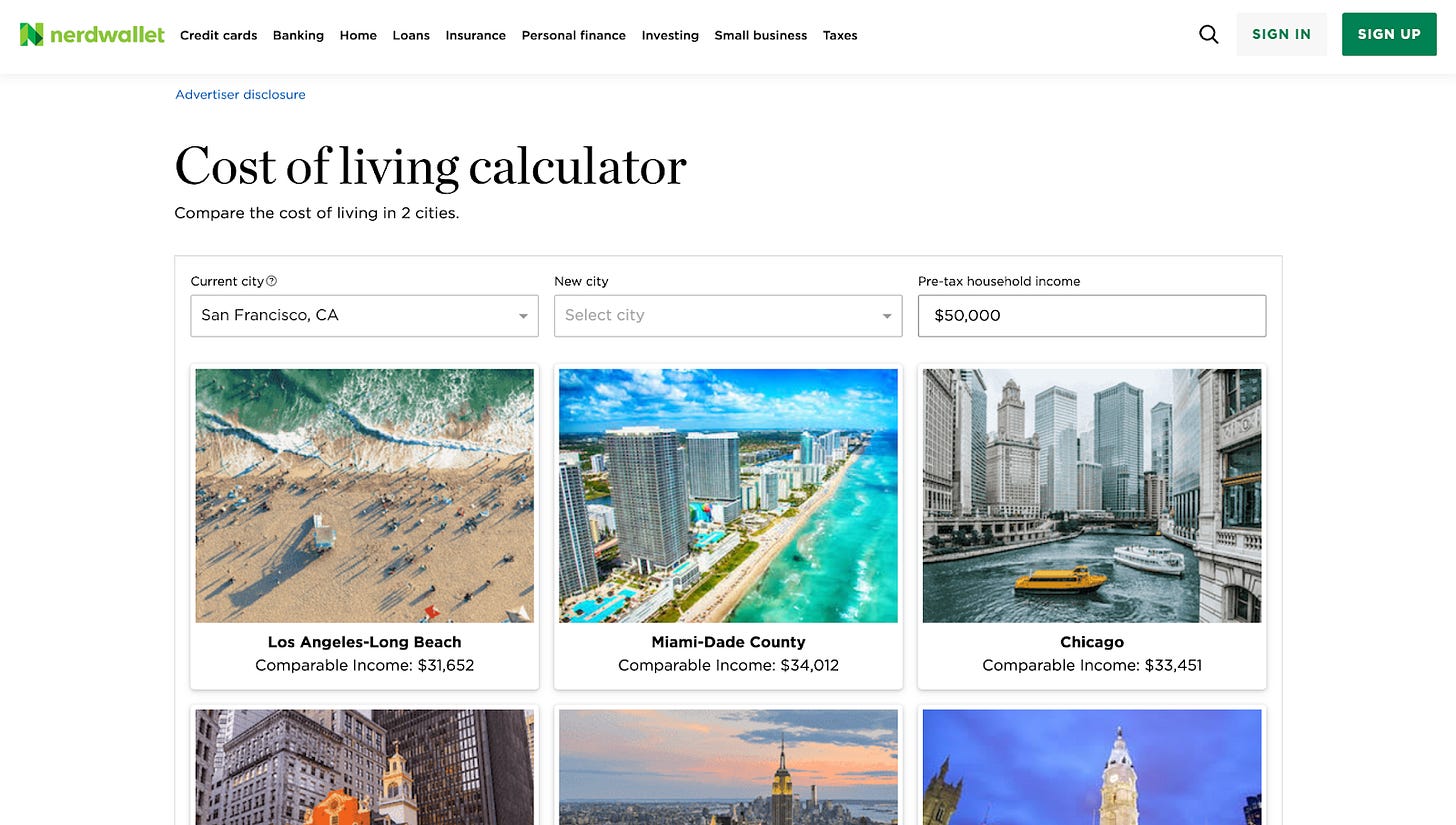Your startup only needs one growth channel
With all the growth channels and the explosion of social media, it can be easy to get lost in scaling everything.
Well, guess what?
You only need one growth channel to be successful.
It’s a huge misconception that startups need to scale all channels available, to have a fighting chance. There are countless examples such as Dropbox, NerdWallet and MVMT, who achieved success with one primary growth channel. I’ve also personally proven this by scaling my latest startup to millions in annual revenue, with solely Meta paid acquisition.
Let me show you a few real-world examples that have been successful with this growth mindset, and how you can approach this with your own startup.
Successful one-channel startups
Arguably, one of the first startups to implement growth marketing tactics, Dropbox, achieved major success almost exclusively with referrals.
Below was their growth trajectory with their referral system:
September 2008: 100K registered users
December 2009: 4M registered users
September 2017: 33.9M registered users
Dropbox referral program website page.
Between 2008 and 2010 specifically, Dropbox doubled their users every three months. They took a page out of PayPal’s strategy book that was working well: give $5 to anyone opening a PayPal account and $5 to the referrer. Dropbox also made their referral program 2-sided: give 500MB of free storage to anyone opening an account, and 500MB to the referrer. After seeing strong success with referrals, they optimized further, by allowing users to sync their contacts from email platforms like Gmail, AOL, Yahoo!, which made it frictionless to invite anyone in their respective social circles. All invited users also received this note at the bottom of their welcome emails: “To get even more space, invite your friends or upgrade your Dropbox”, which created a powerful viral loop.
The quintessential giant in SEO has got to be NerdWallet, who dominates coveted terms such as “best credit cards” on search engines. In the early days, NerdWallet knew that trying to bid on financial terms would put them out of business in a heartbeat. When looking at other options, it became clear that content would be the only way to have a fighting chance against huge financial institutions, who were dominating financial keywords on search engines.
So, NerdWallet got to work on content and produced 500 pieces of content per month. Yes, per month. They further used data to figure out which pieces of content were getting the most backlinks from authoritative websites. The end result? Data studies (Average Household Debt) and free tools (Cost of Living Calculator) ended up doing best. This strategy and data-driven thinking has led to over 30,000 indexed pages on search engines, 55M visits per month and $599M revenue in 2023.
Example of a free NerdWallet tool.
Next up on the list is MVMT, a direct-to-consumer watchmaker selling cheaper quartz watches, which was started by two college dropouts in 2013, and later sold to Movado for $100M in 2018. They were able to crack influencer marketing as their primary growth channel early on, which led to their success. In their early days, they’d reach out to content creators with 30k-500k followers and offer to send free watches in exchange for social posts. Initially, this was a very manual process, but eventually, they turned to Grin, a tool that automates much of the influencer marketing like sourcing talent and sending contracts. As the cherry on top, MVMT turned this into a two-pronged approach by using the social posts from creators across their marketing collateral (i.e., paid ads, website, email, etc.).
Example of a MVMT influencer post on Instagram.
This one-channel strategy also worked for me. With my latest startup, I was able to scale us to $3.5M ARR solely with Meta paid ads. I definitely used my competitive advantage in being an expert with paid acquisition after spending ~$100M on performance ads in my career prior to launching my startup. But if Meta paid ads wouldn’t have panned out, there were other channels I would have tried, until I found enough promise to spend 100% of my efforts scaling one channel.
This is all to show you that if you can unlock just one growth channel, it can propel your startup to success. I’ll briefly show you how you should approach this next.
Finding the right channel
It would be a mistake to think that the startups I cited tried one growth channel and instantly made it out of the gate. In fact, Dropbox was initially struggling to scale with their paid Google search strategy, since it was nearly 3x the cost to acquire what a user was worth. They explored various strategies and finally scaled when they saw the success of their referral program from a viral and cost-economic perspective.
My biggest recommendation is to test all channels early on, and use an eight-month timeline similar to this:
2 months: Test 3-5 major channels.
2 months: Narrow to two channels.
4 months: Optimize and scale one channel.
It’s important to be patient with the process, as it takes time to get enough data to make the right decisions. This is why I recommend a minimum floor of four months, before narrowing down to the channel that’s working best for you.
Once you find a channel that shows signs of life, take solace in knowing that this was the hardest part. The beauty in having one channel to dedicate all efforts to, is knowing that you have the following at your disposal to truly scale:
Tools
Experts
Automation
Optimization
Similar to MVMT leveraging Grin to scale their influencer marketing efforts, find tools that can automate and make scaling efforts possible. It’s also wise to get the help of experts who can give guidance or even take on execution of the optimization process.
If you end up with paid acquisition as your channel of choice, I break down how you should spend your first $10k in ads here. I hope these startup stories will inspire you, and ultimately remove the growth stereotype that you need tens of growth channels to be successful.




